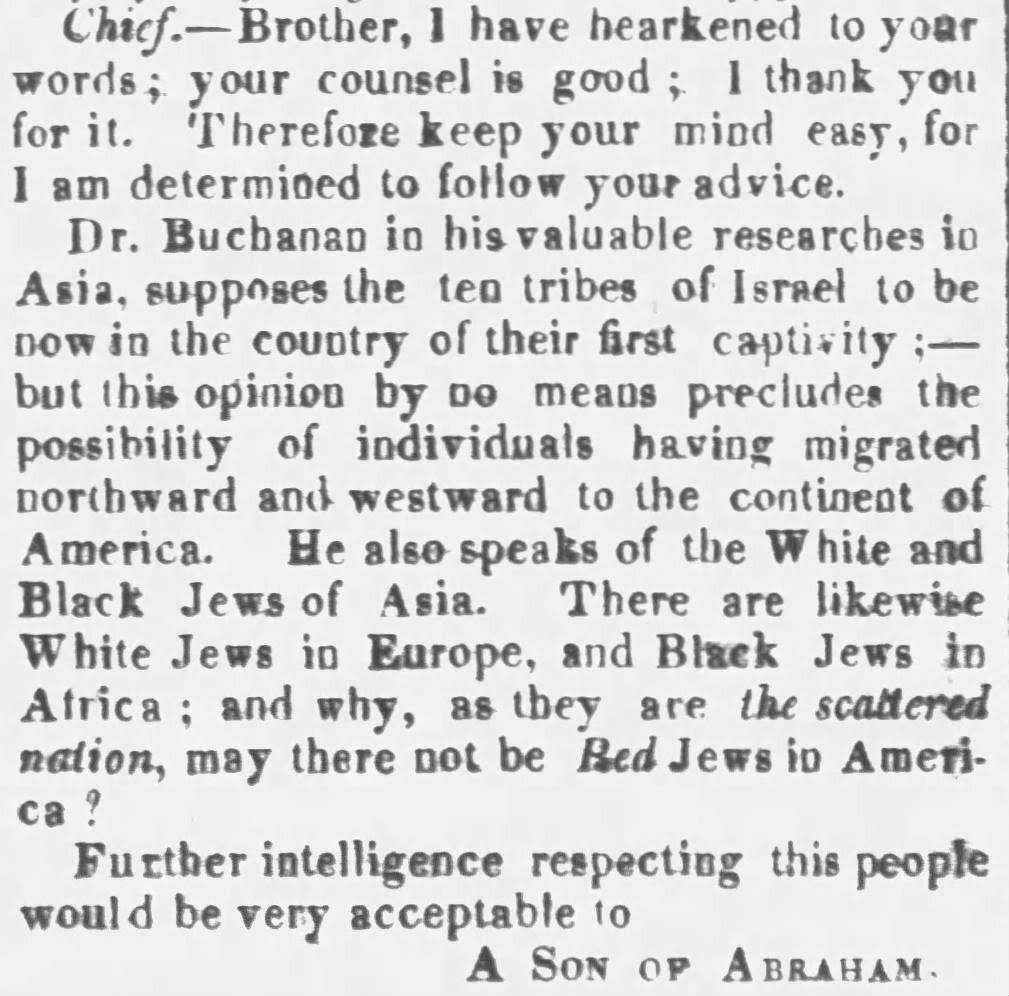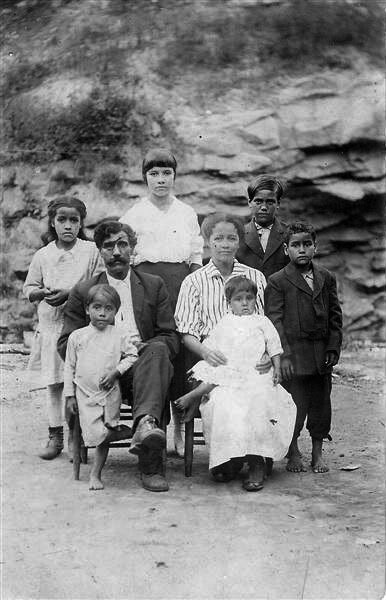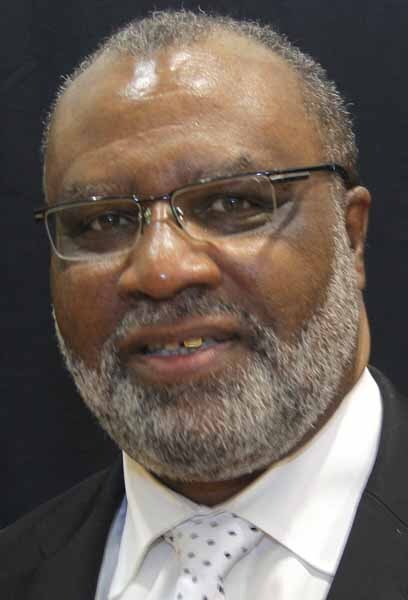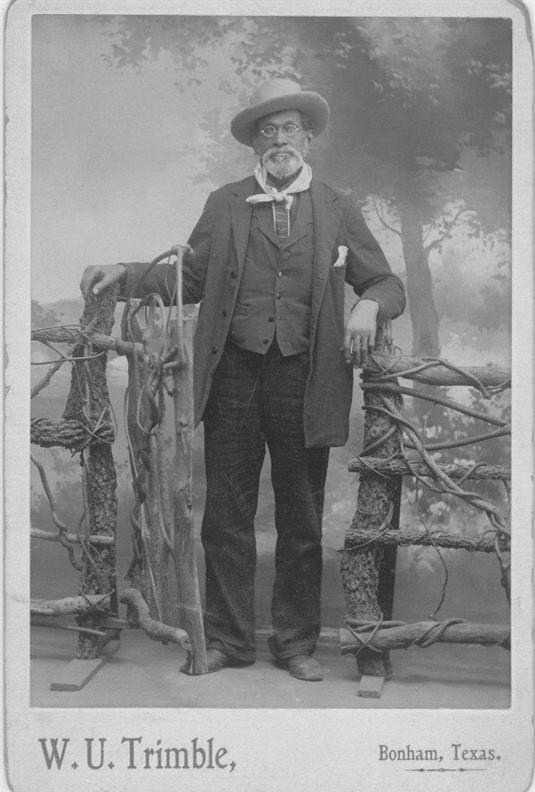05 Feb Genealogy Research- February 5, 2021

Contents
- 1 I WAS ALWAYS CURIOUS ABOUT WHERE HER NAME CAME FROM, AND HOW DNA TELLS THE STORY
- 2 THE ARTICLE TO THE RIGHT WAS FROM 1910. THE STORY BELOW IS FROM A CLIENT’S ANCESTRY WHO HAD UNEXPECTED PORTUGUESE ANCESTRY IN HIS DNA
- 3 ARCH GOINS AND FAMILY, MELUNGEONS PICTURE FROM THE 1920s
- 4 FILLING IN THE GAPS FOR AFRICAN AMERICANS SEARCHING THEIR ANCESTRAL ROOTS
- 5 IN HONOR OF BLACK HISTORY MONTH
I WAS ALWAYS CURIOUS ABOUT WHERE HER NAME CAME FROM, AND HOW DNA TELLS THE STORY
Caryn Elaine Johnson was born in Manhattan, New York City, on November 13, 1955, the daughter of Robert James Johnson Jr. , a Baptist clergyman, and Emma Harris, a nurse, and teacher. She was raised in the public housing project, Chelsea-Elliot Houses, in NYC.
She has stated that her stage forename (“Whoopi”) was taken from a whoopee cushion: “When you’re performing on stage, you never really have time to go into the bathroom and close the door. So if you get a little gassy, you’ve got to let it go. So people used to say to me, ‘You’re like a whoopee cushion.’ And that’s where the name came from.”
About her stage surname, she claimed in 2011, “My mother did not name me Whoopi, but Goldberg is my name—it’s part of my family, part of my heritage, just like being black,” and “I just know I am Jewish. I practice nothing. I don’t go to temple, but I do remember the holidays.” She has stated that “people would say ‘Come on, are you Jewish?’ And I always say, ‘Would you ask me that if I was white? I bet not.'” One account recalls that Emma Johnson thought the family’s original surname was “not Jewish enough” for her daughter to become a star. Researcher Henry Louis Gates Jr. found that all of Goldberg’s traceable ancestors were African Americans, that she had no known German or Jewish ancestry, and that none of her ancestors were named Goldberg. A DNA test revealed in the 2006 PBS documentary African American Lives traced part of her ancestry to the Papel and Bayote people of modern-day Guinea-Bissau. Her admixture test indicates that she is of 92 percent sub-Saharan African origin and 8 percent European origin.
https://en.wikipedia.org/wiki/Whoopi_Goldberg

THE ARTICLE TO THE RIGHT WAS FROM 1910. THE STORY BELOW IS FROM A CLIENT’S ANCESTRY WHO HAD UNEXPECTED PORTUGUESE ANCESTRY IN HIS DNA
William A. Cooper was born in 1725 on the James River in VA. William was an Indian Trader who lived amongst the Choctaw, Chickasaw, Creek, and Cherokee.
William was documented in 1750 Granville Co., NC tax list, with two enslaved people, Ben and Sam, again in 1755. In May 1769, Daniel Boone first set out for Kentucky from Hillsborough, NC, with William Cooper (Cool) as his guide when he was hired by Cohen & Isaacs to survey lands that eventually formed Kentucky and Tennessee. In 1775, William accompanied Daniel Boone to Kentucky from Rowan Co., NC.
Spanish Records in the General Archive of the Indies in Seville as “a colored man of Portuguese extraction…working on a fort on the upper Tombigbee River.” Colored designates a mulatto, which legally meant anyone born of an Indian mother, not African ancestry, during colonial times.
Richard Henderson employed William to assist Boone and others in clearing the Wilderness Road. On July 8, 1775, he was listed as a member of Blanford Masonic Lodge in Bute, NC, Captain Weatherford’s District. He raised a corn crop in 1775-1776 on the left bank of Otter Creek above Clover Bottom near Boonsboro, which is said to be the first corn raised in Kentucky. He received a Revolutionary War Pension.
After helping the Cumberland settlers continue the road to what became Nashville, Tennessee, William died on January 12, 1783, in defense of Fort Nashborough, Cumberland Settlement. Due to his defense of Nashville, the heirs of William Cooper deceased, obtained a preemption of 640 acres of land in Sumner Co, TN.
William’s children lived on Copper Ridge (a corruption of Cooper) in the heart of the Melungeon territory (see below story), then later moved to Grainger, TN, and Wayne, KY. According to DNA sampling, this line of Coopers were Portuguese and Jewish. The Portuguese were merchants, Marranos, who became British Citizens in the Glorious Revolution of William and Mary immediately following the Jew’s re-admittance into Britain. This is not an uncommon feature of Cherokee genealogies.

ARCH GOINS AND FAMILY, MELUNGEONS PICTURE FROM THE 1920s
**Melungeons are groups of people of the Southeastern United States who descend from European settlers and Sub-Saharan enslaved Africans. Historically, the Melungeons were associated with settlements in the Cumberland Gap area of central Appalachia, which includes portions of East Tennessee, Southwest Virginia, and eastern Kentucky.
Tri-racial describes populations who claim to be of mixed European, African, and Native American ancestry. Although there is no consensus on how many such groups exist, estimates range as high as 200.

FILLING IN THE GAPS FOR AFRICAN AMERICANS SEARCHING THEIR ANCESTRAL ROOTS
Since the days of the Alex Haley’s Roots series, which inspired TV shows today like “Finding Your Roots” and “Who Do you Think You Are?” These shows reveal the success of African American celebrities finding their ancestors and learning of their origin.
But what about those that are not celebrities? Dancestors Genealogy is pleased to announce that this past year we added to our research group the Reverend Dr. Terry Turner, who has written two books on discovering your slave ancestry.
Dancestors and Dr. Turner can help you, and your friends of African descent find your ancestry.
Here are links to a clip of an interview Dr. Turner and myself, did late last year and to Dr. Turner’s channel: https://www.youtube.com/watch?v=yvi8Nr-WsnI
https://www.youtube.com/channel/UCYpK6pKuNPxVfJaycwUiKBQ
A link to the headline article:
https://www.nbcnews.com/news/nbcblk/family-trees-fill-gaps-black-people-seeking-ancestral-roots-rcna13998?utm_source=facebook&utm_medium=news_tab
 IN HONOR OF BLACK HISTORY MONTH
IN HONOR OF BLACK HISTORY MONTH
We start a series About the Trials of the Early Pioneers of Fannin County. By Anderson Rowlett (on left), Bonham, Texas.
By request of some of the white people of this city, I will relate a little history of some of the first settlers of Texas, I being the only one now living who came to Texas in 1836. I was a servant of Dr. Rowlett, who brought me and my mother and sister, a baby, to Texas. We came from Kentucky to Memphis, where we took a Red Riverboat for Texas. We all landed at the mouth of Bois d ‘Arc and then moved up Red River to where the Rowlett place is, on the bank of the river, fifteen miles north of Bonham. My boss built it on the bank of the river. He cut some logs and built a little cabin, and we fenced in a little roasting ear patch, and then my boss went to the Mexican War and left my old mistress, my mother, and myself. Both the women had a baby.
The first raid made on the people who settled in this place, known now as Fannin County, was made in April or May 1836. We heard them whoop, and we knew they were Indians. Then the women packed up their babies and ran down into Red River bottom, with me right behind them. They kept right down the river and never stopped until they ran into a lake of water up to their knees. I called them and told them not to go further into the lake, where the water is deep, to come back. My old mistress said, “Lord, have mercy; what shall we do? I have lost my shoes in that lake; I am barefoot, and my feet hurt so bad”. Then she turned to me and asked me if I knew where we were. I told her, “yes, mom.” Then she said if I was sure, I could get before, and they would follow me. When I turned, she said, “You are going right back to the house.” I told her we had to go back to get across the lake. “Don’t you take us back to the house,” she said. I told her that I would not go back home, that I would take them to Mr. Fitzgerald’s. She said, “Well, try to get there, for I am suffering so much with my feet.” Both women were wet up to the waist and trembling with cold. Then, there were no roads; a small path blazed out from house to house was the only guide. I got out of the bottom, found the path, and took to Mr. Fitzgerald’s. When we got near the house, we were afraid to go up.
We thought they would be on the lookout and were afraid they might think we were Indians and shoot. So, we stopped a little while, studying what we should do. I told them I would creep up close enough and call Mr. Fitzgerald, and he would know my voice, and somebody would come. So, I got up close enough to make them hear my voice. I called Mr. Fitzgerald several times before he answered. Finally, he asked what was the matter. I told him we were running from the Indians. He said, “Where are your people?” I replied we were all here. Then he came to us and took us to the house. He had three boys and two colored men. he put them all out on guard and then made a good fire for the women to dry themselves. By that time, my old mistress took a hard chill and was very sick; she never had any better health from that night until her death. She lived several years after that night, but it shortened her days.





